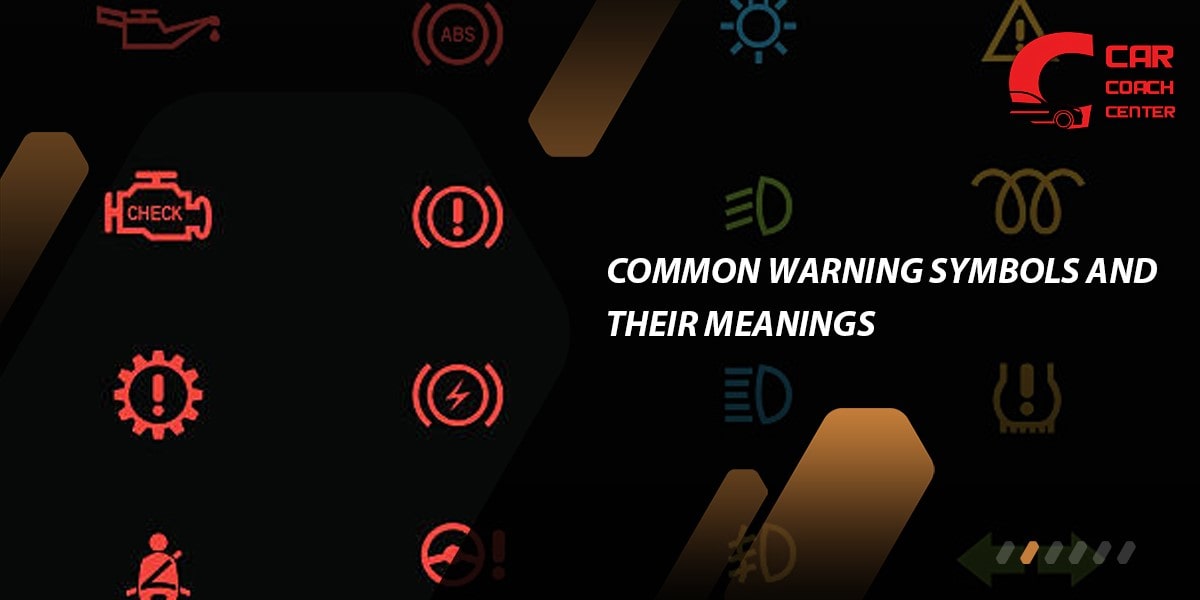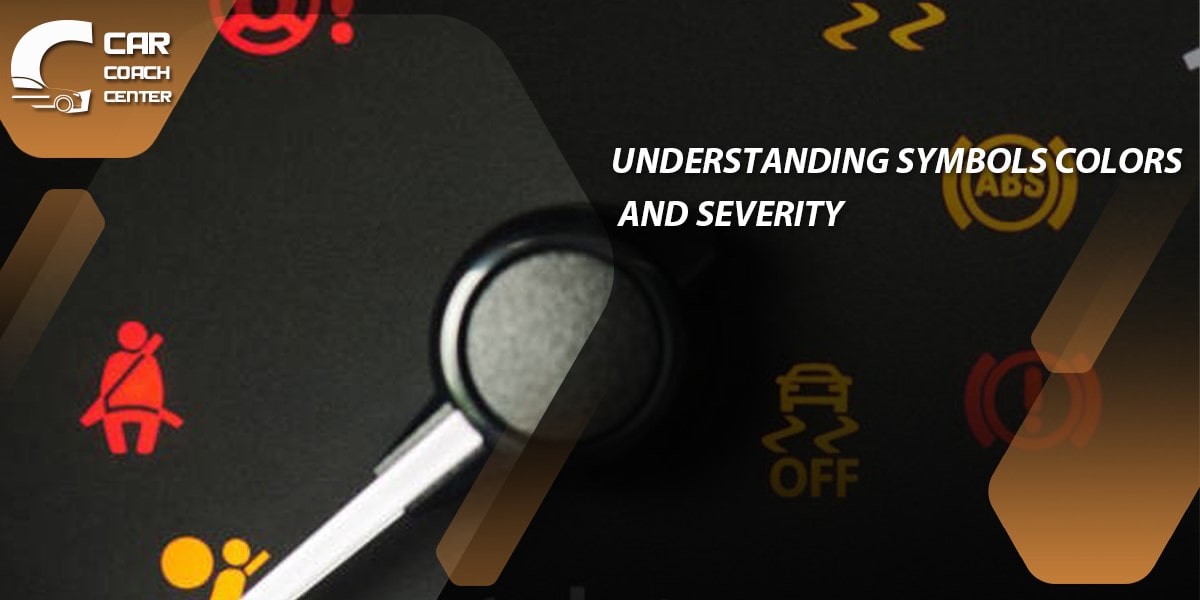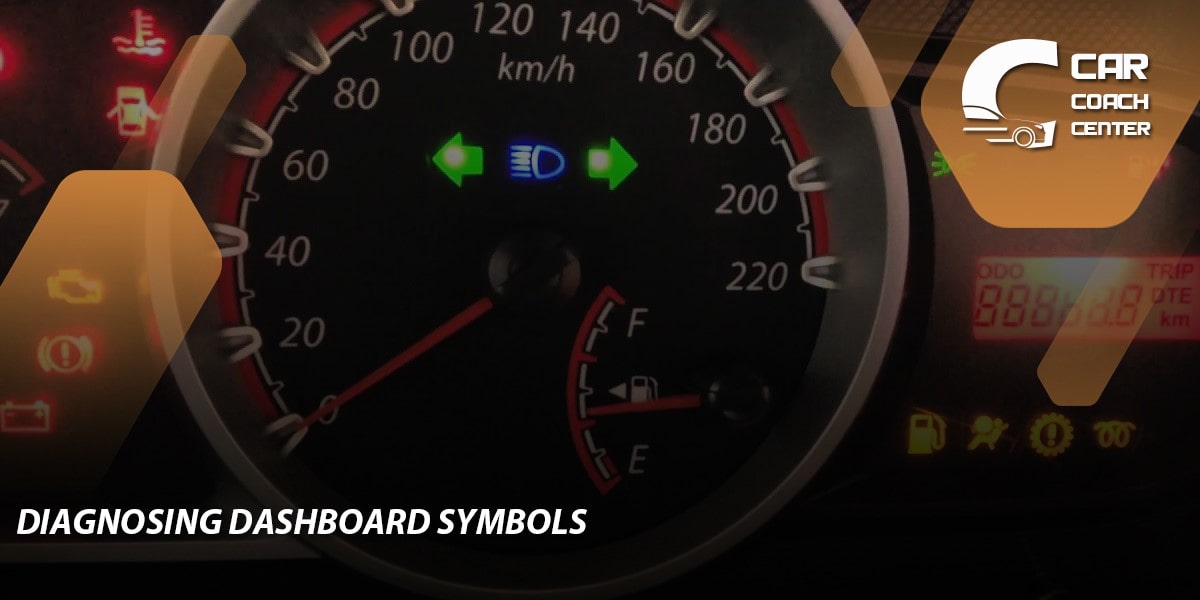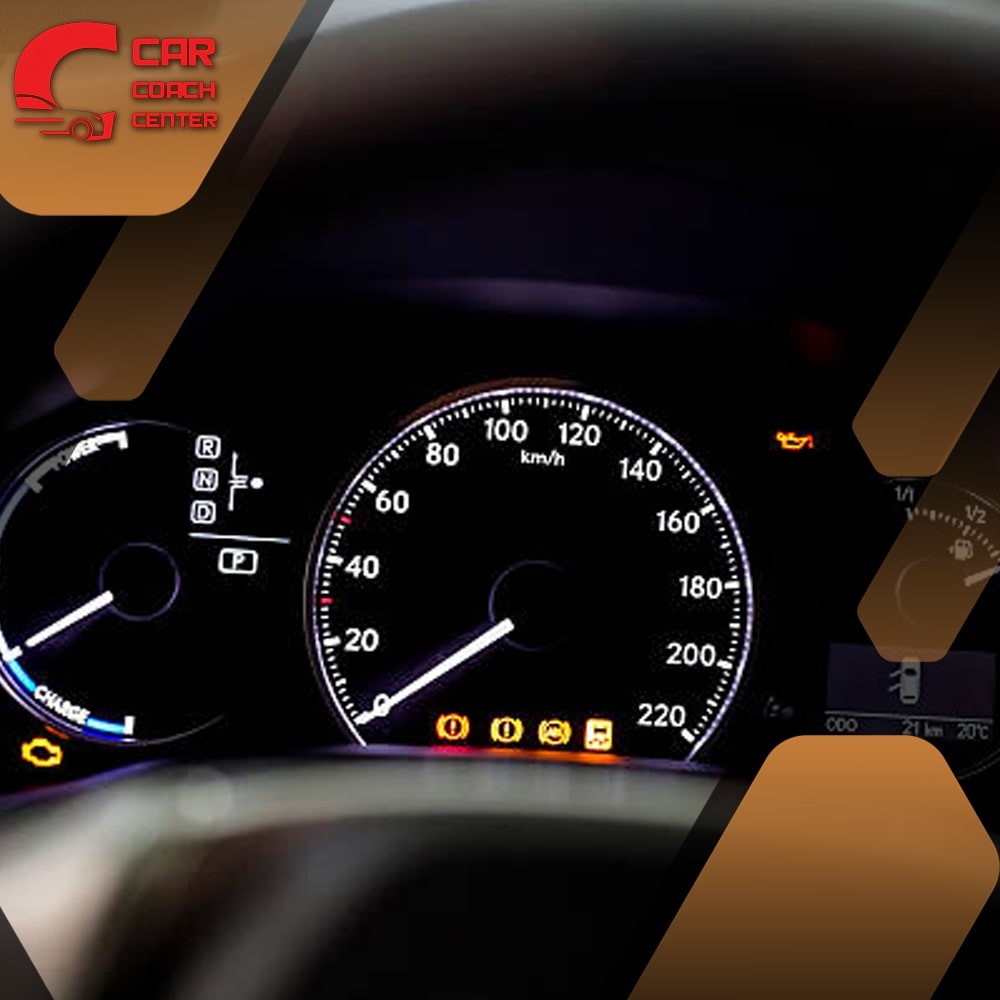Introduction to ford puma dashboard symbols and meanings
The dashboard of your Ford Puma is a crucial communication center, providing you with important information about the vehicle’s status and potential issues. Understanding the dashboard symbols is vital for maintaining the health and safety of your car. In this comprehensive guide, we will explore the various symbols found on the Ford Puma dashboard, their meanings, and how to interpret them correctly.
Whether you’re a new Ford Puma owner or simply want to enhance your knowledge, Car Coach Center is here to assist you in decoding these symbols and ensuring a smooth driving experience.

Common Warning Symbols and Their Meanings
Engine-Related Symbols
- Check Engine Light: This symbol, often shaped like an engine, indicates a potential issue with the engine or its components. It could range from a minor glitch to a more serious problem requiring immediate attention.
- Oil Pressure Warning Light: When this symbol, resembling an oil can, illuminates, it signifies low engine oil pressure. Insufficient oil pressure can lead to engine damage if not addressed promptly.
- Coolant Temperature Warning Light: This symbol, resembling a thermometer in water, alerts you to high engine coolant temperature. It indicates possible overheating, which can lead to engine damage and should be addressed immediately.
- Battery Warning Light: When this symbol, resembling a battery, lights up, it suggests a problem with the charging system. It may indicate a faulty battery, alternator, or related components.
Safety and Vehicle Control Symbols
- ABS Warning Light: This symbol, usually representing the letters “ABS,” indicates an issue with the Anti-lock Braking System. A malfunctioning ABS system may compromise the vehicle’s braking performance and stability.
- Traction Control Light: This symbol, often resembling a car with skid marks, signifies a problem with the Traction Control System (TCS). It assists in maintaining traction and stability, especially in slippery conditions.
- Electronic Stability Control (ESC) Light: When this symbol, typically depicting a car with wavy lines, illuminates, it indicates a fault with the Electronic Stability Control system. ESC helps maintain vehicle stability during cornering or evasive maneuvers.
- Tire Pressure Monitoring System (TPMS) Light: This symbol, resembling an exclamation mark inside a horseshoe, alerts you to low tire pressure. It typically indicates that one or more tires are underinflated and need attention.
Fluid and System Indicators
- Fuel Level Indicator: This symbol, shaped like a fuel pump or gas tank, shows the fuel level in your vehicle. When it illuminates, it’s time to refuel.
- Washer Fluid Level Indicator: This symbol, often resembling a windshield with wavy lines, indicates a low washer fluid level. Refill the washer fluid reservoir to ensure clear visibility.
- Brake System Warning Light: This symbol, resembling an exclamation mark surrounded by a circle, suggests a problem with the brake system. It may indicate low brake fluid levels, worn brake pads, or other brake-related issues.
- Airbag Warning Light: This symbol, typically showing an inflated airbag, alerts you to a potential problem with the airbag system. It requires immediate attention as it affects occupant safety.
Other Miscellaneous Symbols
- Seat Belt Reminder Light: This symbol, often depicting a seated figure wearing a seat belt, reminds occupants to fasten their seat belts for safety.
- Malfunction Indicator Lamp (MIL): This symbol, resembling an engine block or a small engine, is another term for the “Check Engine Light.” It indicates a fault in the engine or emission control system.
- Service Required Light: This symbol, often shaped like a wrench or a spanner, serves as a general reminder that routine maintenance or a scheduled service is due.
- Low Tire Pressure Warning Light: This symbol, resembling an exclamation mark inside a tire, specifically indicates low tire pressure. It is part of the Tire Pressure Monitoring System (TPMS) and requires inflation.

Understanding Symbol Colors and Severity
Understanding the colors associated with dashboard symbols can provide additional insight into their severity and urgency. Here’s a breakdown of the different colors commonly used:
- Red Warning Symbols: Red symbols typically indicate a severe issue that requires immediate attention. These symbols often represent critical safety concerns or major system malfunctions. Examples include the Check Engine Light, Oil Pressure Warning Light, and Brake System Warning Light.
- Yellow/Amber Warning Symbols: Yellow or amber symbols generally signify a non-critical issue that still requires attention. These symbols often represent minor malfunctions or the need for maintenance. Examples include the Tire Pressure Monitoring System (TPMS) Light and Service Required Light.
- Blue/Informational Symbols: Blue symbols are usually informational and provide details about a specific system or feature. They are not typically cause for immediate concern. Examples include the Hi-Beam Indicator and Turn Signal Indicator.
- Green/Confirmation Symbols: Green symbols are confirmation indicators that signify a system or feature is active or engaged. Examples include the Cruise Control Indicator and Parking Light Indicator.
Decoding Less Common Symbols
- Symbols Specific to Ford Puma Models: Ford Puma models may feature symbols specific to their unique features and systems. Refer to the vehicle’s owner’s manual to understand these symbols and their meanings accurately.
- Symbols Relating to Advanced Safety Features: Ford Puma may include advanced safety features that have dedicated symbols. These symbols represent technologies like Lane Departure Warning, Forward Collision Warning, or Blind Spot Monitoring. Familiarize yourself with these symbols to fully utilize the vehicle’s safety features.
- Symbols for Hybrid or Electric Puma Models: Hybrid or electric Ford Puma models may have additional symbols related to their specific powertrain systems. These symbols may include battery charge level indicators, regenerative braking status, or charging port indicators.

Diagnosing Dashboard Symbols
- Identifying the Symbol and Understanding Its Meaning: When a dashboard symbol illuminates, take note of its shape, color, and any accompanying text or icons. Refer to the owner’s manual for specific details about the symbol’s meaning and recommendations.
- Assessing the Vehicle’s Performance and Functionality: Pay attention to any changes in the vehicle’s performance or behavior. Note any unusual sounds, vibrations, or handling issues that may provide further clues about the problem.
- Consulting the Owner’s Manual for Additional Guidance: The owner’s manual is a valuable resource for understanding the symbols and their meanings. It provides detailed explanations, troubleshooting tips, and recommended actions for each symbol.
- Utilizing Diagnostic Tools and OBD-II Scanners: In some cases, it may be necessary to use diagnostic tools or OBD-II scanners to retrieve specific error codes and obtain more in-depth information about the issue. These tools can be helpful for advanced diagnostics and identifying the root cause of dashboard symbols.
Resolving Dashboard Symbol Issues
DIY Troubleshooting and Basic Maintenance Tips:
– Check and adjust tire pressure regularly.
– Ensure proper fluid levels, including engine oil, coolant, and washer fluid.
– Verify that all exterior lights are functioning correctly.
– Inspect the condition of the brake pads and replace if necessary.
– Keep the vehicle’s scheduled maintenance up to date.
Seeking Professional Assistance and Repairs:
– If you’re unsure about the cause or severity of a dashboard symbol, it’s best to consult a qualified mechanic or visit an authorized Ford service center.
– Professional technicians have the expertise and diagnostic tools to accurately identify and resolve complex issues.
Addressing Common Causes of Dashboard Warnings:
– For engine-related symbols, potential causes could include faulty sensors, ignition system issues, or emissions control problems.
– Brake system warnings may indicate low brake fluid, worn brake pads, or a malfunctioning ABS system.
– Tire pressure warning lights can result from improper tire inflation, damaged sensors, or punctured tires.
– Addressing these common causes promptly can prevent further damage and ensure optimal vehicle performance.

Preventive Measures and Regular Maintenance:
– Regularly scheduled maintenance, including oil changes, filter replacements, and system inspections, can help prevent dashboard symbols from appearing.
– Adhering to the manufacturer’s recommended service intervals is essential for keeping your Ford Puma in top condition and minimizing the occurrence of dashboard warnings.
Conclusion
Staying informed about Ford Puma dashboard symbols and their meanings is crucial for maintaining the safety and reliability of your vehicle. By understanding the various symbols, their colors, and severity levels, you can take appropriate actions to address any issues promptly.
Remember to consult the owner’s manual, seek professional assistance when needed, and perform regular maintenance to keep your Ford Puma running smoothly. Stay connected to Car Coach Center for expert guidance and support in navigating the world of automotive symbols and troubleshooting. Drive with confidence, knowing you have the knowledge to decode and resolve dashboard symbol mysteries.
The content is related to carcoachcenter.com , providing comprehensive information and guidance on Ford Puma dashboard symbols and their meanings.
Meta Description: Unlock the mysteries of Ford Puma dashboard symbols with our comprehensive guide. Stay informed and drive confidently.
FAQs
What should I do if the Check Engine Light illuminates on my Ford Puma?
Consult a mechanic or visit a Ford service center for professional assistance and diagnostics.
Why is the Tire Pressure Monitoring System (TPMS) light important?
The TPMS light alerts you to low tire pressure, which can affect safety and fuel efficiency.
How can I prevent dashboard symbols from appearing?
Regular maintenance and adherence to service intervals help minimize dashboard warnings.


